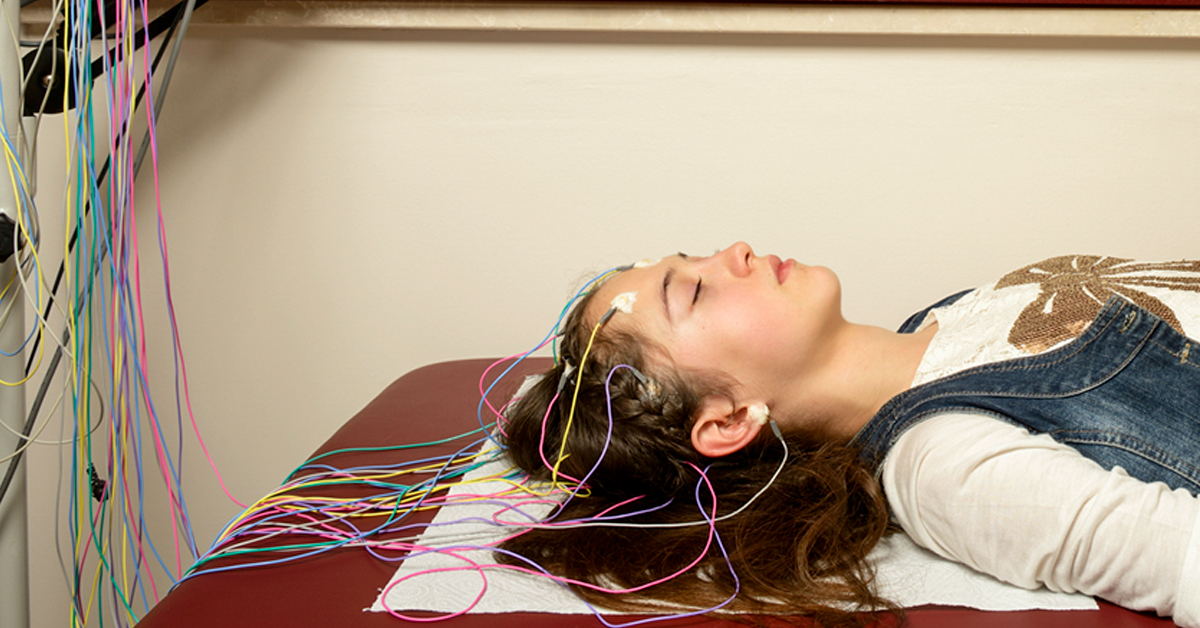The Sleep Latency Test is a diagnostic procedure used to evaluate how quickly you fall asleep in a controlled environment. This test is particularly useful for diagnosing sleep disorders that cause excessive daytime drowsiness, such as narcolepsy or idiopathic hypersomnia. By assessing the time it takes for you to fall asleep during scheduled nap opportunities, healthcare professionals can gain valuable insights into your sleep patterns and identify potential issues affecting your overall sleep health.
Table of Contents
TogglePurpose of the Sleep Latency Test
The main goal of the Sleep Latency Test is to provide a clear understanding of your sleep-wake cycles and pinpoint any abnormal sleep behaviors. If you struggle with persistent daytime sleepiness despite adequate nighttime sleep, this test can help determine whether there is an underlying sleep disorder contributing to your symptoms. Accurate diagnosis through the Sleep Latency Test can lead to more effective treatment strategies and improve your quality of life.
How the Sleep Latency Test is Conducted
Preparation:
Before the test, you will receive instructions to maintain a consistent sleep schedule and avoid substances that may affect sleep, such as caffeine or certain medications. Following these guidelines helps ensure the test results are reliable and reflective of your natural sleep patterns.
Test Procedure:
During the Sleep Latency Test, you will be given several opportunities to nap throughout the day, typically in a quiet, dark room. Each nap session lasts about 20 minutes. The time it takes for you to fall asleep and the stages of sleep you enter are monitored. This may include assessing the time it takes to reach REM (rapid eye movement) sleep, which is crucial for diagnosing conditions like narcolepsy.
Interpreting the Results:
The results of the Sleep Latency Test provide important data on how quickly you fall asleep and the frequency of REM sleep during the naps. Short sleep latencies and frequent REM sleep can indicate the presence of a sleep disorder. The information gathered helps healthcare providers determine the appropriate diagnosis and develop a treatment plan.
Benefits of the Sleep Latency Test
Accurate Diagnosis:
The Sleep Latency Test provides specific measurements that help in accurately diagnosing sleep disorders. This precision allows for a more targeted approach to treatment, which can be crucial for managing conditions like narcolepsy effectively.
Personalized Treatment:
With detailed results from the test, healthcare providers can create a treatment plan that addresses your specific needs. This may include lifestyle modifications, medications, or other therapies designed to improve your sleep quality and reduce daytime sleepiness.
Follow-Up and Ongoing Care
Post-Test Consultation:
After completing the Sleep Latency Test, you will have a follow-up appointment with a sleep specialist to review the results. They will discuss the findings with you and recommend appropriate treatment options based on your specific condition.
Continued Monitoring:
Effective management of sleep disorders often involves regular follow-ups to monitor your progress and adjust treatment as needed. Ongoing care helps ensure that your treatment plan remains effective and continues to meet your needs over time.
Getting Started
If you are experiencing excessive daytime sleepiness or other sleep-related issues, the Sleep Latency Test can provide valuable insights into your condition. Contact a sleep specialist to determine if this test is suitable for you and to learn more about how it can help address your sleep concerns.
Conclusion
The Sleep Latency Test is an essential tool for diagnosing and managing sleep disorders associated with excessive daytime sleepiness. By measuring how quickly you fall asleep and assessing your sleep stages, this test helps identify underlying issues and guides the development of effective treatment strategies. Working with a sleep specialist ensures you receive the support and care needed to improve your sleep health and overall well-being.









